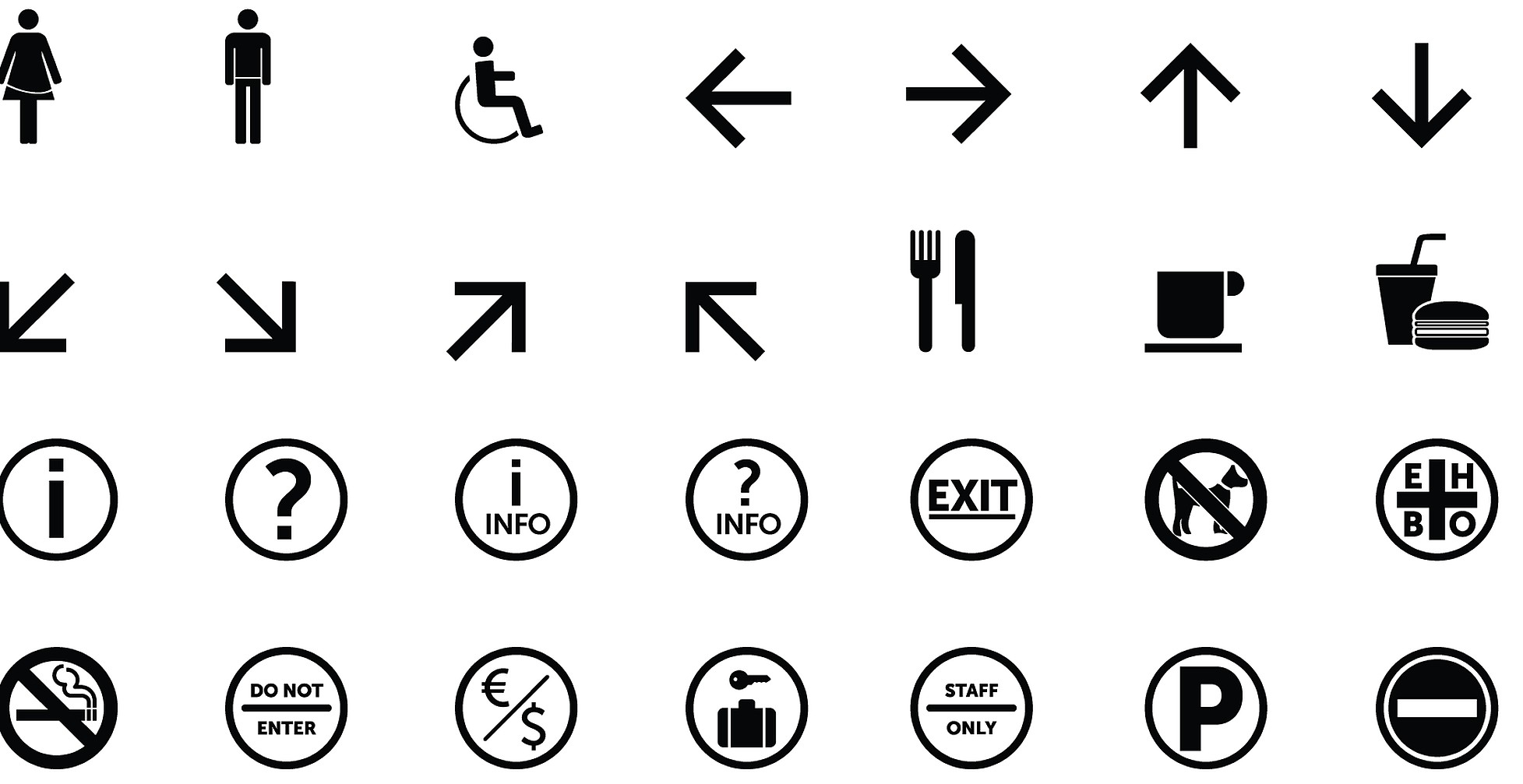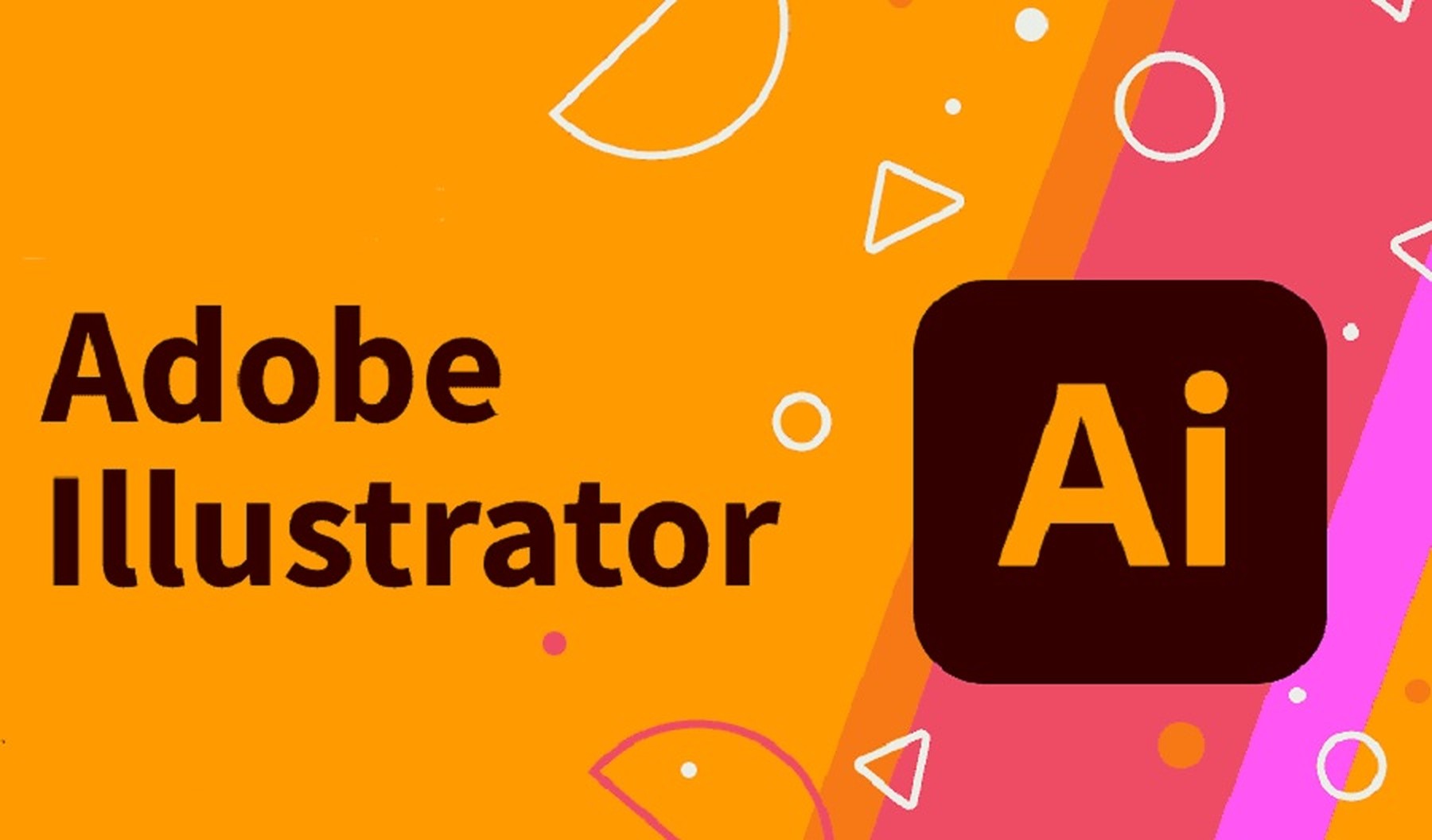
Icons have become an integral part of our daily lives, weaving seamlessly into our digital experiences. From smartphone apps to websites, icons play a crucial role in conveying meaning, enhancing user interfaces, and simplifying complex information. In this article, we will delve into the world of icons, exploring their history, significance, and the key factors that make them an essential element of modern design.
Evolution of Icons: From Pictograms to Digital Symbolism
Icons have a rich history dating back to ancient civilizations. Early humans used pictograms to communicate ideas and concepts through visual representations. Fast forward to the digital age, icons have transformed into highly versatile symbols that communicate across different platforms and cultures.
The Power of Visual Communication
Visual communication is a fundamental aspect of human interaction. Icons harness this power by distilling complex ideas into simple visual symbols that transcend language barriers. They enable users to quickly understand information and navigate digital interfaces with ease.
The Role of Icons in User Interface Design
User interface (UI) design focuses on creating intuitive and visually appealing interfaces for users. Icons are an essential component of UI design as they provide visual cues, improve usability, and contribute to the overall aesthetics of a digital product.
Different Types of Icons
Icons come in various forms, each serving a specific purpose in design. Here are a few common types of icons:
- Symbolic Icons: Symbolic icons represent objects or concepts, often relying on universally recognized shapes and visual metaphors. For example, a magnifying glass icon is commonly associated with search functionality.
- Action Icons: Action icons represent specific actions or commands, such as a trash bin icon for deleting an item or a pencil icon for editing content.
- Thematic Icons: Thematic icons are designed to convey a specific theme or category, like a shopping cart icon for e-commerce or a camera icon for photography-related services.
- Animated Icons: Animated icons add dynamism and interactivity to digital interfaces, capturing users’ attention and providing visual feedback.

Principles of Effective Icon Design
Creating impactful icons requires adhering to certain design principles. Here are some key principles that contribute to effective icon design:
- Simplicity: Icons should be simple, clear, and easily recognizable in various sizes. Avoid excessive details that may hinder their legibility.
- Consistency: Maintaining consistency in icon style, size, and visual language across a product or platform enhances the user experience and creates a cohesive design.
- Clarity: Icons should convey their intended meaning without ambiguity. The use of familiar visual metaphors and proper context aids in achieving clarity.
- Optimal Size: Icons should be designed to scale well across different screen resolutions and sizes, ensuring they remain legible and visually appealing.
The Psychology of Icons: How They Influence User Behavior
Icons have a profound psychological impact on users. They can elicit emotions, create associations, and influence user behavior. Understanding the psychology behind icons allows designers to leverage their power effectively.
Iconography in Branding
Icons play a vital role in branding strategies, helping to establish brand identity and recognition. Memorable and visually appealing icons become synonymous with a brand, enhancing its visibility and recall value.
Responsive Icons: Adapting to a Multiscreen World
In today’s multi-screen world, where users access digital content across various devices, responsive icons have gained significance. Responsive icons adjust their size and shape dynamically to provide an optimal viewing experience across different screen sizes and orientations.

The Impact of Icons on Mobile App Design
Mobile app design relies heavily on icons to optimize limited screen space and create intuitive interactions. Well-designed icons enhance navigation, aid in app comprehension, and contribute to a visually pleasing user experience.
Accessibility and Inclusive Icon Design
Designing inclusive icons is crucial to ensure accessibility for users with disabilities. Icons should be perceivable and understandable by everyone, taking into account color contrast, readability, and the use of alternative text.
The Future of Icons: Evolving Trends and Innovations
As technology advances, so does the world of icons. New trends and innovations continue to shape the way icons are designed and used. From minimalist and flat design to immersive and interactive icons, the future holds exciting possibilities.
The Role of Icons in SEO Optimization
Icons also play a role in SEO optimization. When appropriately optimized, icons can contribute to the overall visibility of a webpage in search engine results. Proper file naming, alt text, and schema markup for icons can enhance their discoverability.
Common Challenges in Icon Design
Icon design is not without its challenges. Some common hurdles include achieving universality, balancing simplicity with detail, and creating unique yet recognizable icons. Overcoming these challenges requires a combination of creativity, user research, and iterative design processes.
Icon Design Tools and Resources
Numerous tools and resources are available to assist designers in creating icons. These include vector-based software like Adobe Illustrator, icon libraries, online icon generators, and design communities where designers can share and seek inspiration.

Icon Design Best Practices for Web Accessibility
Web accessibility is a crucial consideration in icon design. Following best practices, such as providing descriptive alt text, ensuring proper color contrast, and using accessible iconography, helps make digital content inclusive and usable for all users.
Icon Usability Testing: Ensuring User-Friendly Designs
Usability testing is an essential part of icon design to evaluate its effectiveness and usability. Conducting user testing and gathering feedback allows designers to identify potential issues and make informed design decisions.
The Cultural and Contextual Influence on Icons
Icons can carry cultural and contextual nuances that impact their interpretation and meaning. Designers must consider these factors to ensure icons are universally understood and do not inadvertently offend or confuse users from different backgrounds.
The Impact of Iconography on User Experience (UX)
Icons significantly contribute to the overall user experience (UX). Well-designed icons enhance the usability, clarity, and aesthetics of a digital product, resulting in a positive user experience and increased user satisfaction.
The Icon Revolution: Shaping the Digital Landscape
Icons have revolutionized the digital landscape, enabling users to navigate complex systems effortlessly. Their role in digital design continues to expand, shaping the way we interact with technology and enhancing the visual language of the digital world.
Conclusion
Icons are much more than simple visual symbols. They possess the power to communicate ideas, simplify complex information, and shape user experiences. As technology evolves, icons will undoubtedly continue to play a crucial role in the design landscape, helping users navigate the digital realm with ease.
Frequently Asked Questions (FAQs)
How can I create my own custom icons?
To create custom icons, you can use vector-based design software like Adobe Illustrator or online icon generators. These tools provide a range of editing features and allow you to export icons in various formats.
What is the optimal size for icons in mobile app design?
The optimal size for icons in mobile app design depends on the platform and the specific usage. Generally, icons between 24px to 48px in size work well for mobile interfaces, but it’s essential to test their legibility and visual appeal on different devices.
Are there any legal considerations when using icons in design projects?
Yes, there are legal considerations when using icons. Some icons are free for commercial use, while others require attribution or are available for purchase. It’s important to check the licensing terms and usage rights for the icons you intend to use.
Can icons be used effectively in the print design?
Yes, icons can be used effectively in print design. They can enhance visual communication, guide readers, and add a touch of visual interest to printed materials such as brochures, posters, and infographics.
How can I optimize icons for SEO?
To optimize icons for SEO, ensure they have descriptive file names, utilize alt text that accurately describes the icon’s purpose, and consider using schema markup where applicable. These practices can help search engines understand and index your icons effectively.
With their ability to transcend language barriers, simplify complex information, and enhance user experiences, icons have become an essential element in modern design. By understanding the principles, best practices, and potential challenges of icon design, designers can create visually appealing and user-friendly experiences that captivate users in the digital realm.
Was this page helpful?
Our commitment to delivering trustworthy and engaging content is at the heart of what we do. Each fact on our site is contributed by real users like you, bringing a wealth of diverse insights and information. To ensure the highest standards of accuracy and reliability, our dedicated editors meticulously review each submission. This process guarantees that the facts we share are not only fascinating but also credible. Trust in our commitment to quality and authenticity as you explore and learn with us.
